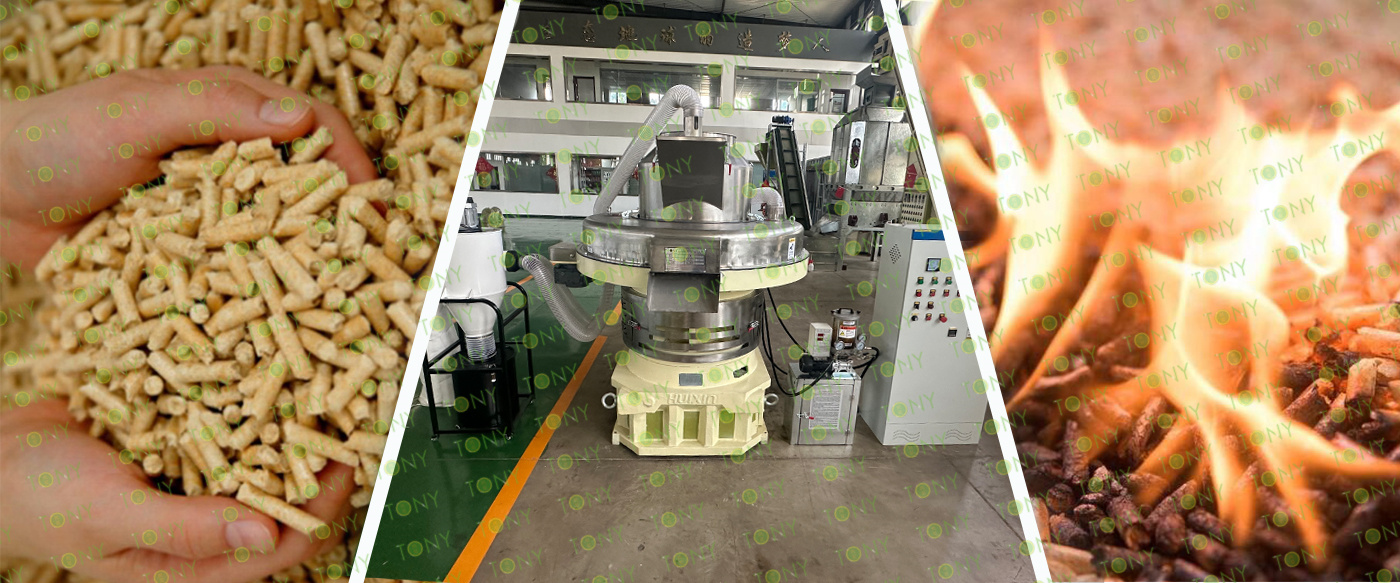The calorific value of biomass pellets is affected by factors such as the type of raw material, moisture content, and processing method, and can vary significantly. Here is a range of calorific values for common biomass pellets along with relevant explanations:
1. Calorific value range of common biomass pellets
Hardwood pellets (such as oak, pine) :4200 - 4800 calories High density of wood, high calorific value, stable combustion, suitable for household heating, industrial boilers, etc.
Softwood pellets (such as fir wood, poplar wood): 3800 - 4200 calories per gram Low density, slightly lower calorific value, fast burning speed, often used in biomass power plants or local heating.
Agricultural waste (corn stalks, rice husks) :3200 - 3800 calories Contains less cellulose and lignin, and has a lower calorific value. The moisture content needs to be controlled (≤15%) to prevent a decrease in combustion efficiency.
Peanut shells and palm shell pellets: 3800 - 4400 calories High in oil content, with a calorific value similar to that of softwood. During combustion, they produce less ash, making them suitable as an alternative to fossil fuels for power generation or heating.
Bamboo pellets :4500 - 5000 calories The wood fibers are tightly packed, with a calorific value close to that of hardwood, and the combustion ash content is low (<1%), making them a cost-effective fuel.
Mixed raw material pellets: 3500 - 4500 Composed of various agricultural and forestry wastes, their calorific value depends on the ratio. They are commonly used in industrial drying scenarios where high calorific value is not required.

2. Key Factors Affecting Calorific Value
(1) Raw Material Composition
Raw materials with high lignin and cellulose content (such as hardwood) have higher calorific value, while raw materials with more ash and moisture (such as straw and rice husks) have lower calorific value.
Oily raw materials (such as palm shells) have significantly higher calorific value due to their high carbon content, which is much higher than that of ordinary plant straw.
(2) Moisture Content
The ideal moisture content should be ≤ 10%. For every 10% increase in moisture, the calorific value decreases by approximately 500-800 calories per kilogram. For example, the calorific value of straw particles with a moisture content of 20% may be more than 1000 calories lower than that of those with a moisture content of 10%.
(3) Processing Technology
Compression Density: The higher the particle density (such as 1.1-1.3 grams per cubic centimeter), the higher the calorific value per unit volume and the longer the combustion duration.
Impurity Control: Impurities in the raw materials (such as sand and metals) will reduce the effective combustion components, resulting in a decrease in calorific value.
If you need specific data on the calorific value of the raw materials or the testing methods, please provide the type of the raw materials or the application scenarios so that a more accurate analysis can be conducted.





















